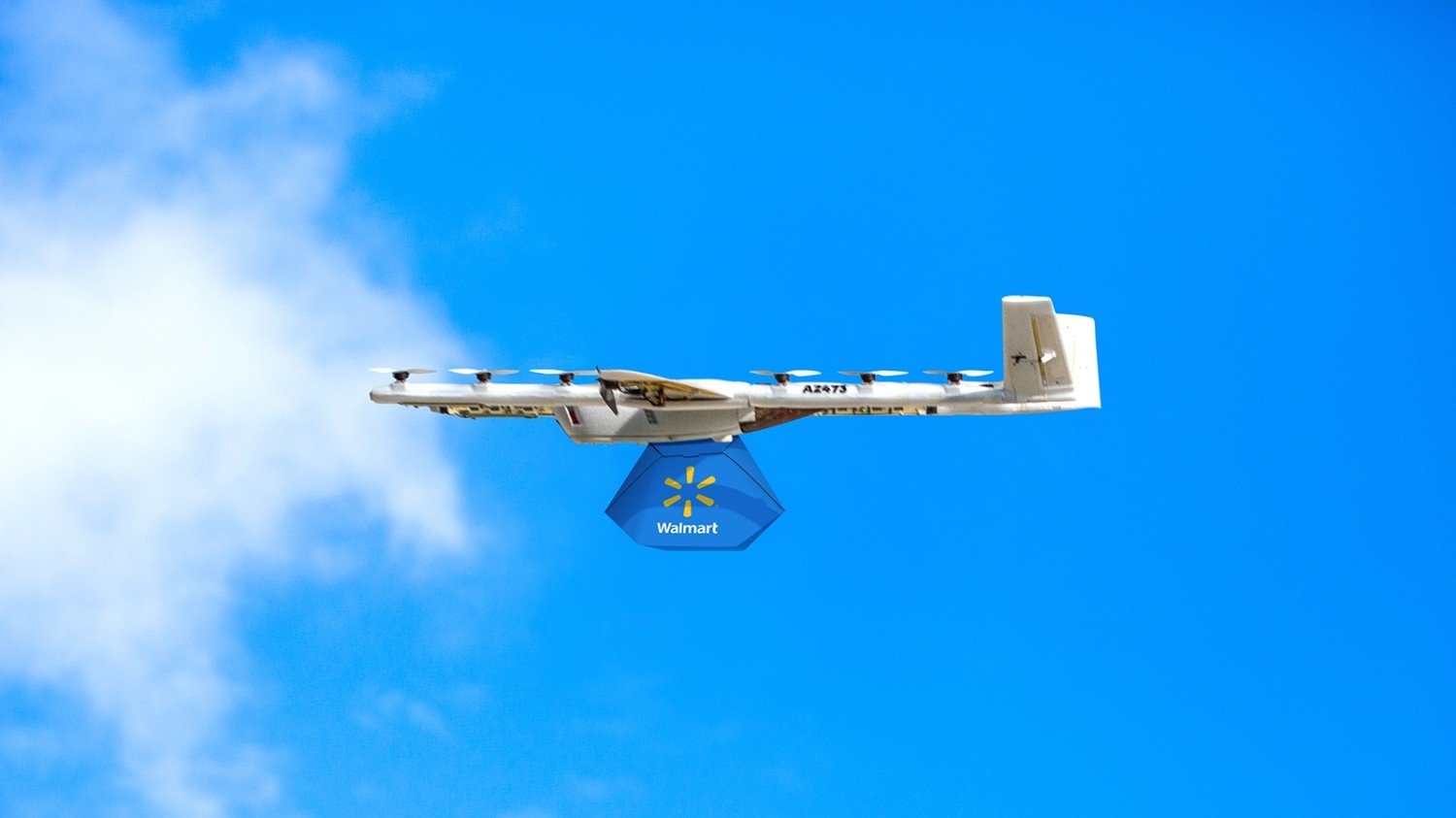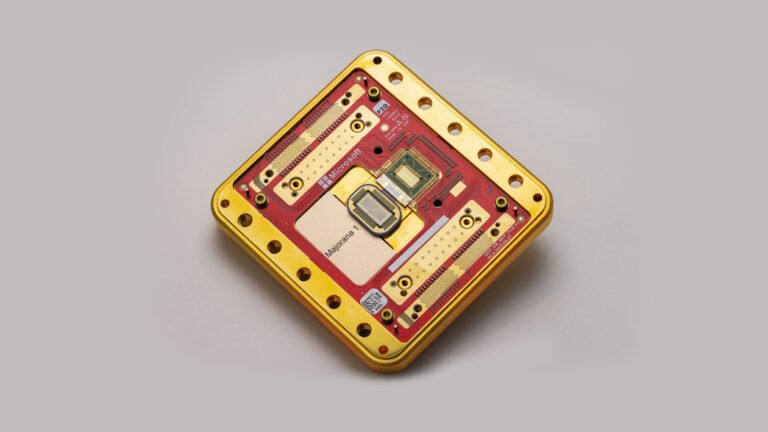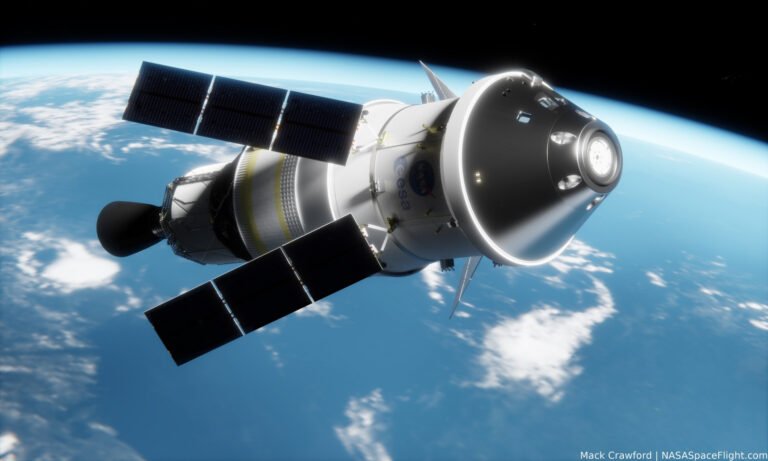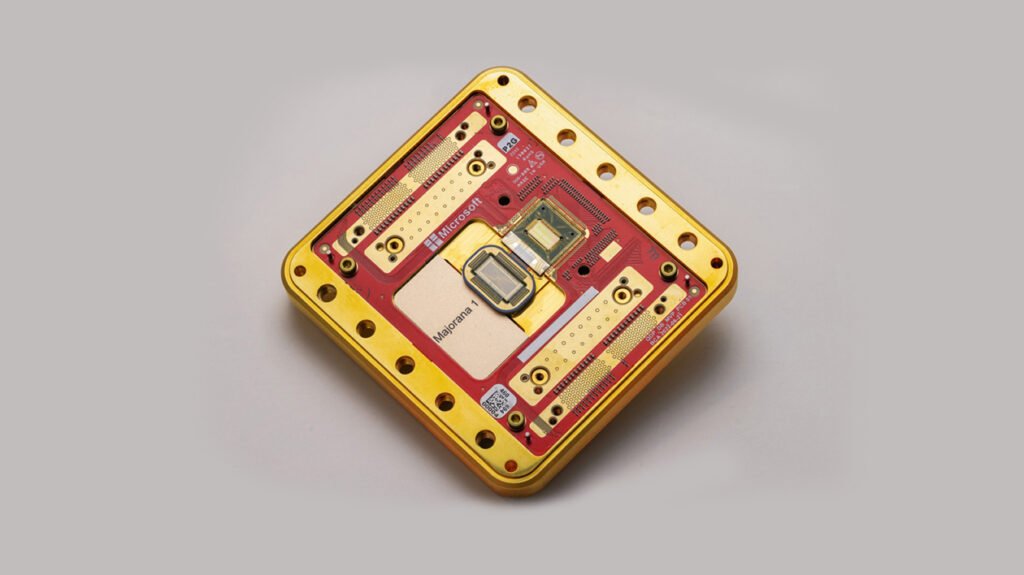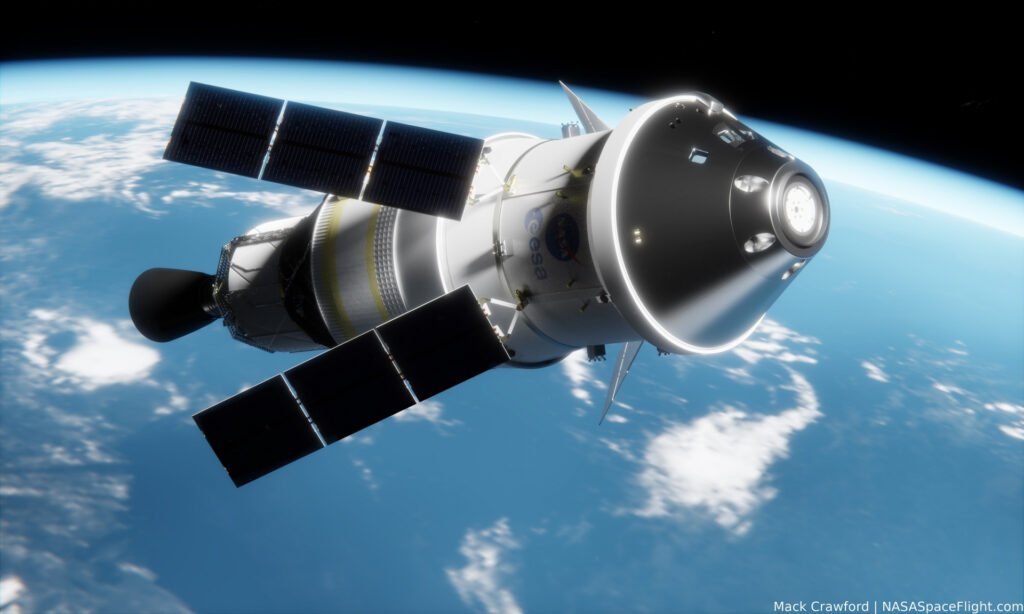The future of shopping is officially here. Walmart has made a significant leap forward in its drone delivery program. The company recently announced a major expansion, bringing this futuristic service to new cities and states. This move solidifies Walmart’s position as a leader in the race to use flying robots for last-mile logistics. It is not just about speed; it’s about making everyday life more convenient. The expansion of Walmart drone delivery proves that this technology is no longer a pilot program, but a serious part of the retail giant’s strategy.
The Major Expansion of Walmart Drone Delivery
Walmart is rapidly scaling its service to reach more customers than ever before. This expansion will bring drone delivery to five new cities: Atlanta, Charlotte, Houston, Orlando, and Tampa. This move makes Walmart the first retailer to offer the service across five states: Arkansas, Florida, Georgia, North Carolina, and Texas. The service will launch at 100 new stores, building on the existing operations in Northwest Arkansas and Dallas-Fort Worth.
The service is fast, promising deliveries in 30 minutes or less. It is especially useful for small, urgent items. Customers often use it for things they have forgotten, like eggs or milk, or for over-the-counter medicine. This expansion is powered by a key partnership with Wing, a company owned by Alphabet, the parent company of Google. This collaboration allows Walmart to leverage Wing’s expertise to safely and efficiently deliver thousands of products from the sky.
Walmart vs. Amazon: The Drone Delivery Race
The competition for drone delivery supremacy is heating up. While Amazon Prime Air has been a well-known name in the space, Walmart’s program is currently far ahead in terms of scale and scope. Walmart has completed over 150,000 drone deliveries since 2021. This number puts them well ahead of Amazon, which has faced a number of setbacks. For example, Amazon temporarily paused some deliveries in early 2025 after safety issues. This gives Walmart a clear advantage.
The debate of who is winning the drone delivery race is a key topic for industry watchers. Walmart’s strategy has been to use its vast network of physical stores as drone hubs. This allows them to quickly scale the service to a wide audience. Amazon, by contrast, has struggled to get its program off the ground in a major way. The success of this latest Walmart drone delivery expansion solidifies their position at the forefront of this new technology.
The Cost and Future of Walmart Drone Delivery
Many people ask about the cost of this innovative service. My research shows the cost is straightforward: it is free for Walmart+ members for a limited time. For non-members, the service costs $19.99 per delivery. This pricing strategy aims to attract more customers to the retailer’s subscription service while making the technology accessible to others. The delivery radius from each store is up to six miles, which covers a significant portion of suburban populations.
The future of Walmart drone delivery looks bright. The company’s next goals include expanding to more cities and increasing the variety of items available for delivery. The goal is to make drone delivery a standard option for millions of households. This shift will not only change how we shop but also create new jobs and a new ecosystem of last-mile logistics.
Rural America’s Drone Delivery Lifeline
While the expansion is focused on major cities, the real potential of drone delivery lies in rural areas. Many remote communities lack fast and reliable delivery services. Drones can deliver essential goods, from groceries to medicines, to these areas quickly and efficiently. This could be a lifeline for elderly or disabled residents who have difficulty traveling to a store. This use case highlights the humanitarian potential of the technology. As the Walmart drone delivery network expands, it could help close the gap in delivery services between urban and rural communities.
For more news and updates, please visit PFM Today.

